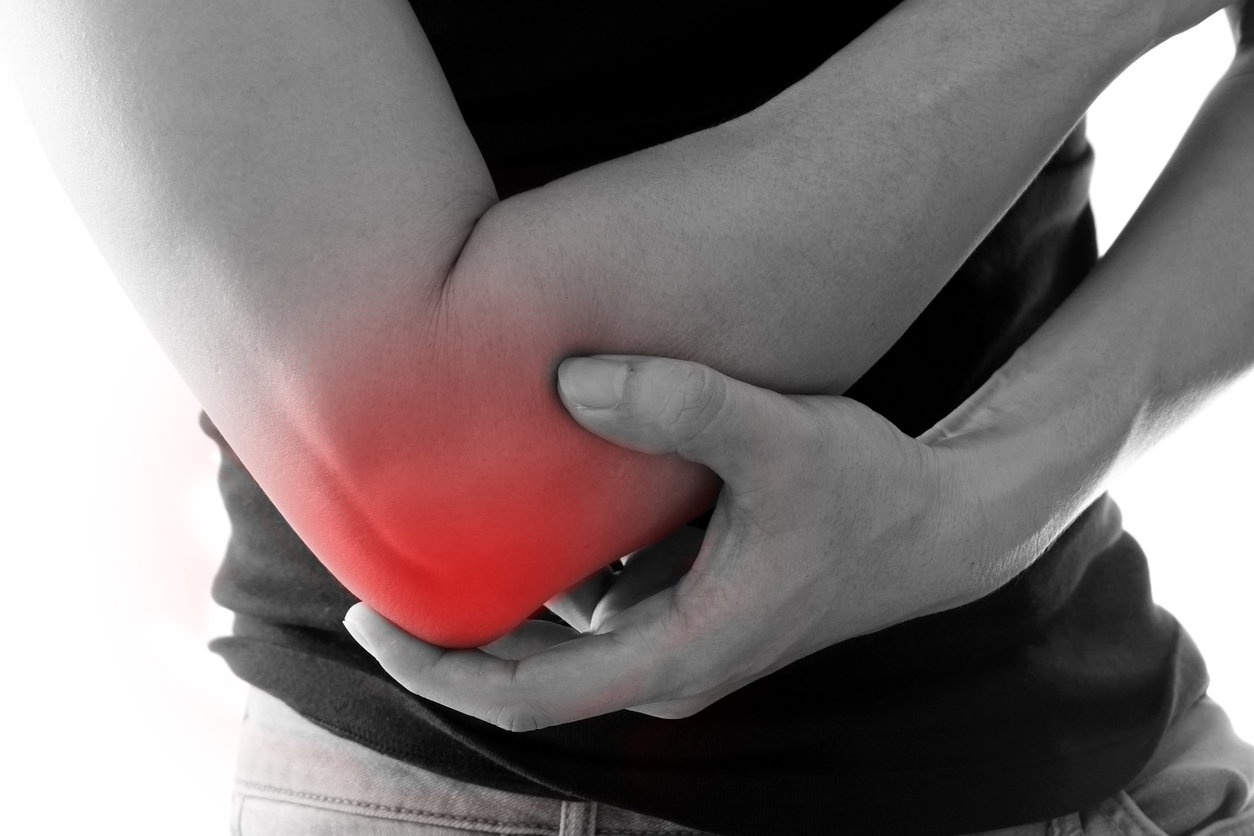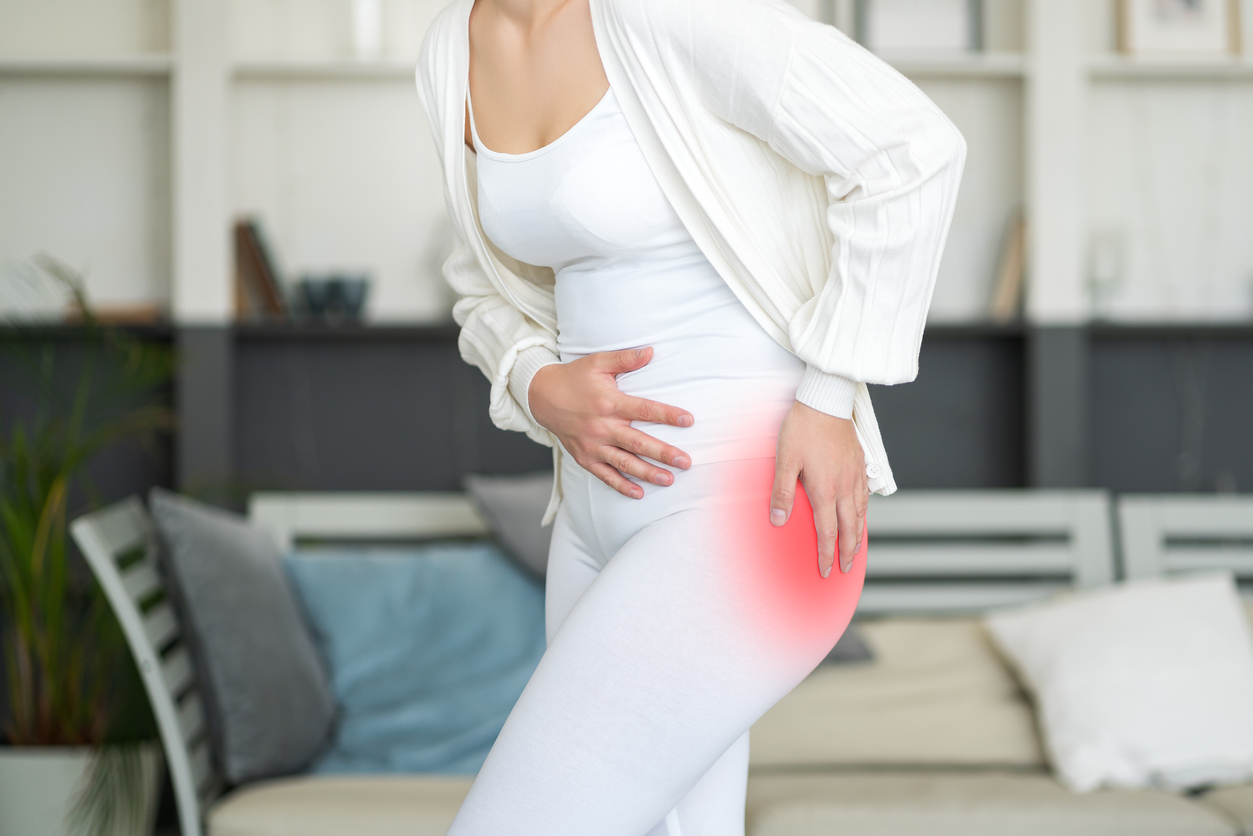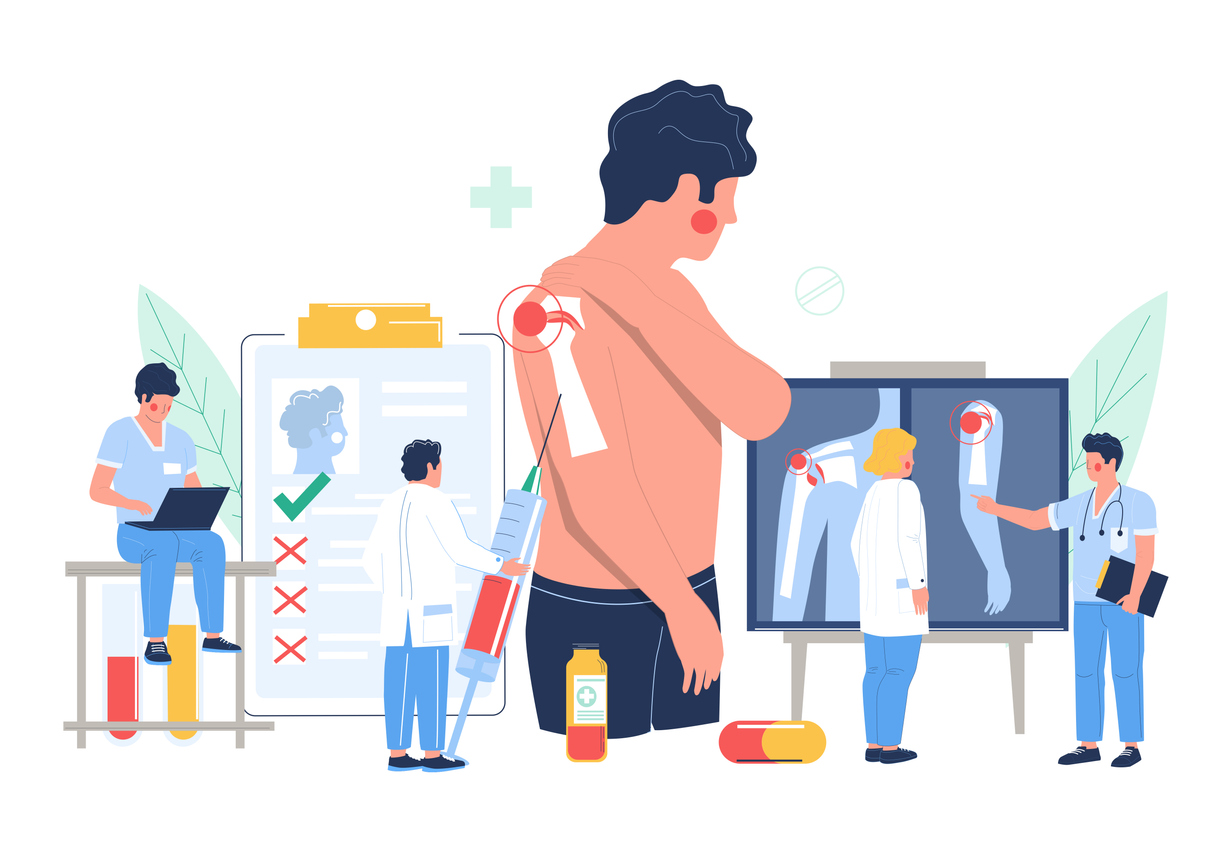Pain
At-Home Treatment for Bursitis

What is bursitis?
Bursitis is a painful, and normally temporary, condition that occurs when a bursa becomes inflamed or irritated. Bursae are small, fluid-filled sacs that act as a cushion to reduce friction between the bones, tendons and muscles that are located near joints. Most bursae are located near larger joints that perform repetitive motion.
Treatment
Treatment often depends on the type of bursitis. Conventional treatments options for bursitis include physical therapy, occupational therapy, medications, injections or aspiration, and potential surgery. Alternative and complementary treatment options include acupuncture, physical activity, vitamins, herbs, and supplements.
At-home treatment
For the majority of cases, bursitis will resolve on its own. There are various methods to help heal bursitis while at home. This includes rest, over-the-counter medications, temperature therapy, and compression.
Rest and elevation
Rest is extremely important in treating bursitis. Avoiding the activity or positioning that irritates the affected area can help with the healing process. Keeping the area elevated is also beneficial. A health care professional can help determine how long a person should rest to recover from bursitis.
Medications
Over-the-counter painkillers, such as acetaminophen, ibuprofen, or other NSAIDs are available to treat the pain associated with bursitis. Acetaminophen is believed to block the production of an enzyme in the brain that is related to pain. NSAIDs reduce inflammation; therefore, they also decrease pain.
Temperature therapy
Temperature therapy involves the use of heat or cold to reduce pain. Heat therapy relaxes stiff joints and muscles; whereas, cold therapy numbs acute pain and reduces inflammation. Switching between heat and cold therapy can help reduce certain types of pain. A cold compress applied several times a day may be beneficial.
Compression
Keeping a compress on the area can decrease swelling. This can be used in conjunction with temperature therapy. Types of compression include bandages, pumps, ice packs, cold pads, and compression garments.
Assistive device
Assistive devices can reduce pressure and minimize discomfort. This may include the temporary use of a cane or walker to reduce the amount of pressure placed on the affected area.








